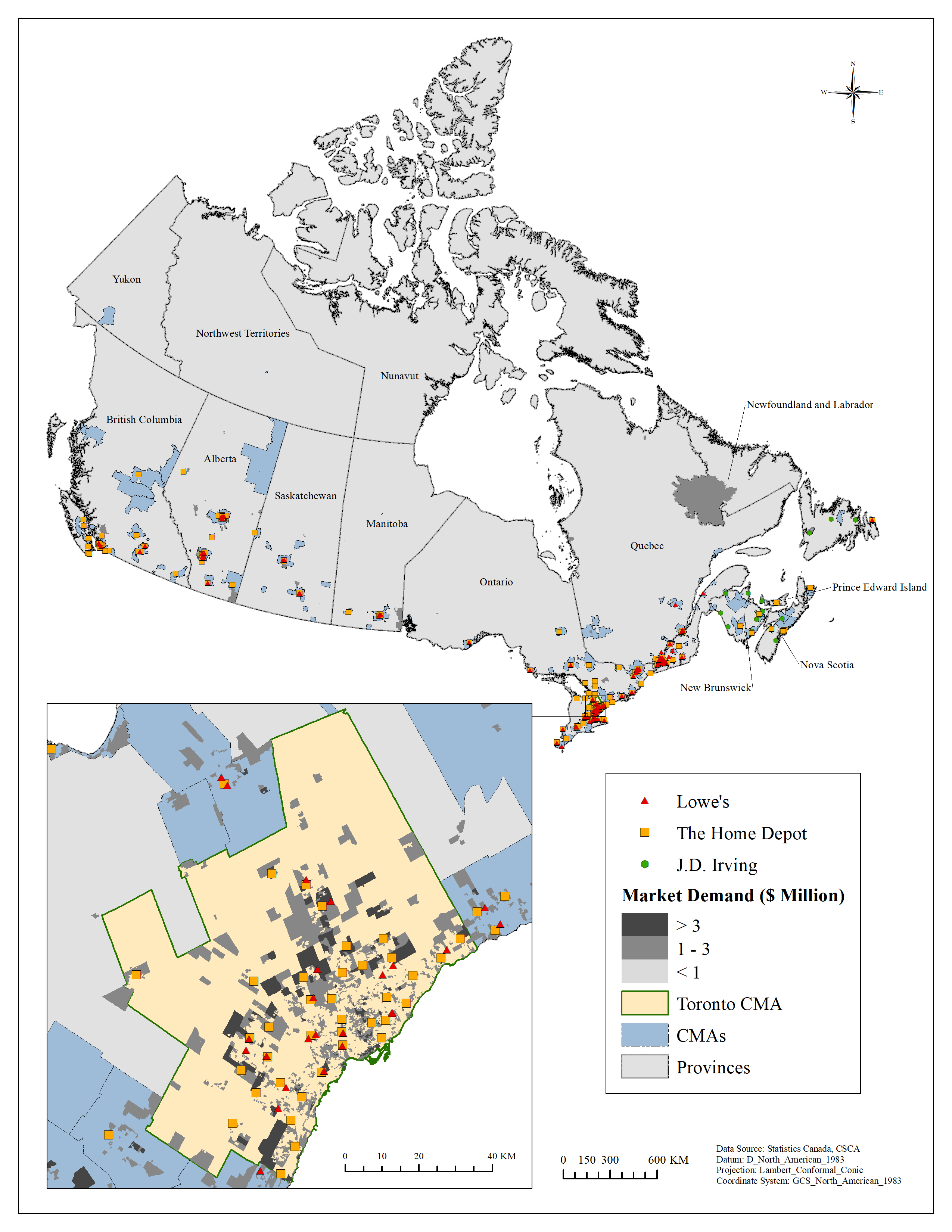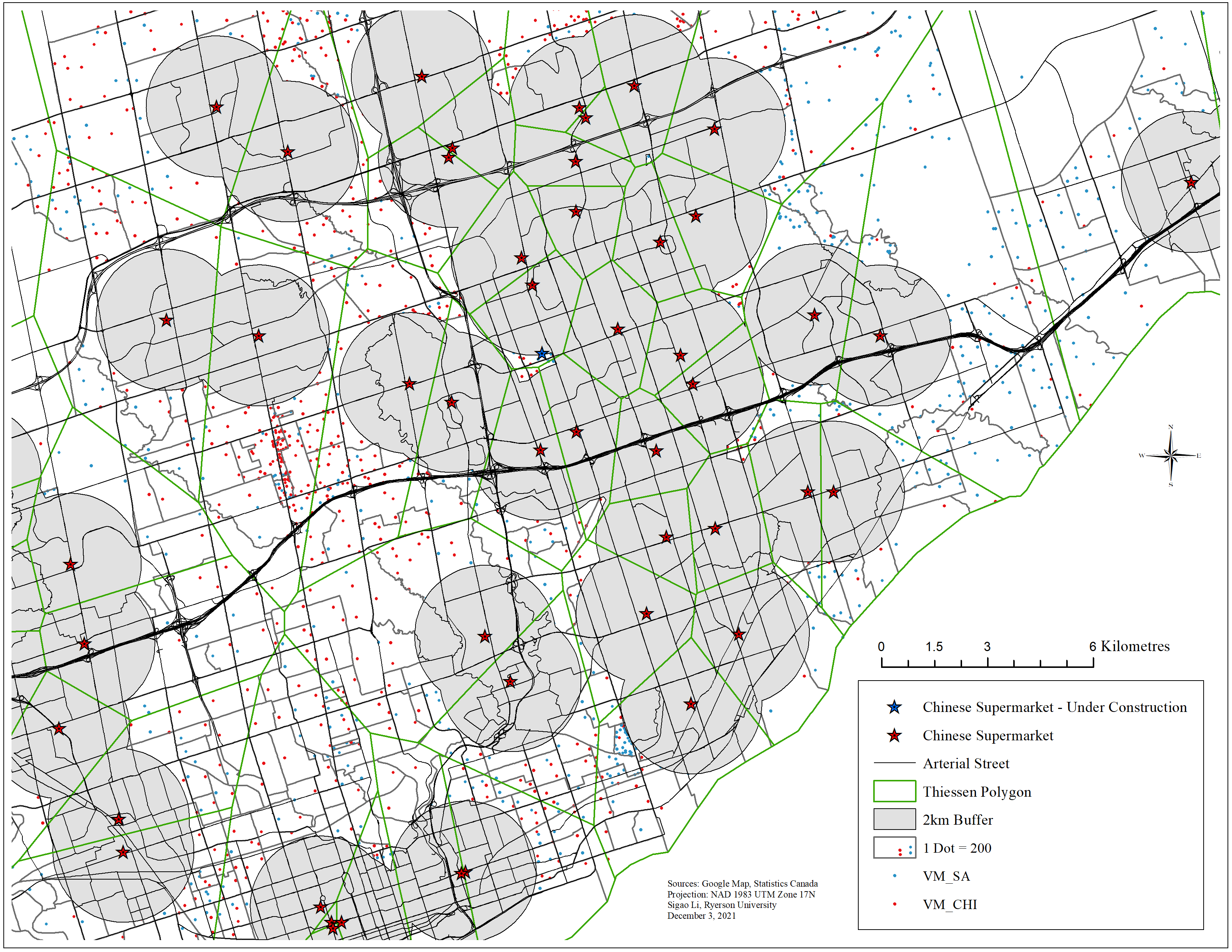Business Geography
My research in business geography began with my undergraduate thesis, “The Impact of Population Distribution in the Toronto Census Metropolitan Area on Ethnic Retail Location,” which analyzed how demographic factors influence retail strategies. This continued with my Master’s thesis on “Analyzing Lowe’s Failure in Canada from a Geographical Perspective,” where I assessed how geographical insights could predict and explain business outcomes in retail.
Multi-Objective Optimization for EV Charging Infrastructure Planning

This study addresses the modelling challenges of EV charging station site selection by combining multi-criteria decision analysis, mixed integer programming, and multi-objective optimization. Using Bristol as a case study, the effectiveness of the proposed framework in selecting sites that meet different user needs and planning objectives is demonstrated. Sensitivity analysis further demonstrates the adaptability of the model under different assumptions (e.g., user behaviour and traffic patterns), highlighting the importance of adopting optimization modelling methods in infrastructure planning. Resulting a replicable framework to support the development of sustainable, user-focused EV charging network systems.
Analyzing Lowe’s Failure in Canada from A Geographical Perspective

This study examines the failure of American home improvement retailer Lowe’s in Canada from a geographic perspective. It analyzes Lowe’s operating strategy, financial performance, and store share, and uses an optimized market demand calculation formula and the Huff Model to simulate market demand and conduct trade area analysis. Results indicate an unequal distribution of the home improvement market in Canada, characterized by intense competition in certain provinces. Yet, opportunities for market entry and store optimization remain evident. Most Lowe’s stores were developed in locations with low demand and high competition, compared to its main competitor The Home Depot. These findings may have contributed to helping understand why Lowe’s exit from the Canadian market and provide valuable insights for international retailers on market entry and operations. The proposed formula may also improve the accuracy of retailers’ consumer spending forecasts.
The Impact of Population Distribution in the Toronto Census Metropolitan Area on Ethnic Retail Location

Due to the importance of consumption in the urban economy, increasing consumer demand, and rising ethnic business activities, ethnic retail has become a topic of growing interest in the academic community. The article uses census and supermarket location data to examine the distribution of ethnic Chinese supermarkets in the Toronto CMA area. Utilize consumption data to estimate the sales potential. The Chinese ethnic supermarket’s trade area was determined using the buffer zone and Thiessen Polygon. Additionally, this research analyzed the population characteristic within its trade area for specific cases. The study’s findings indicate that (1) the Toronto CMA does have a geographical pattern of Chinese supermarkets moving to the suburbs; (2) Chinese communities continue to be the primary location consideration for some Chinese supermarket operators; and (3) a sizable proportion of companies has begun to shift to a new business model services South Asian population.
